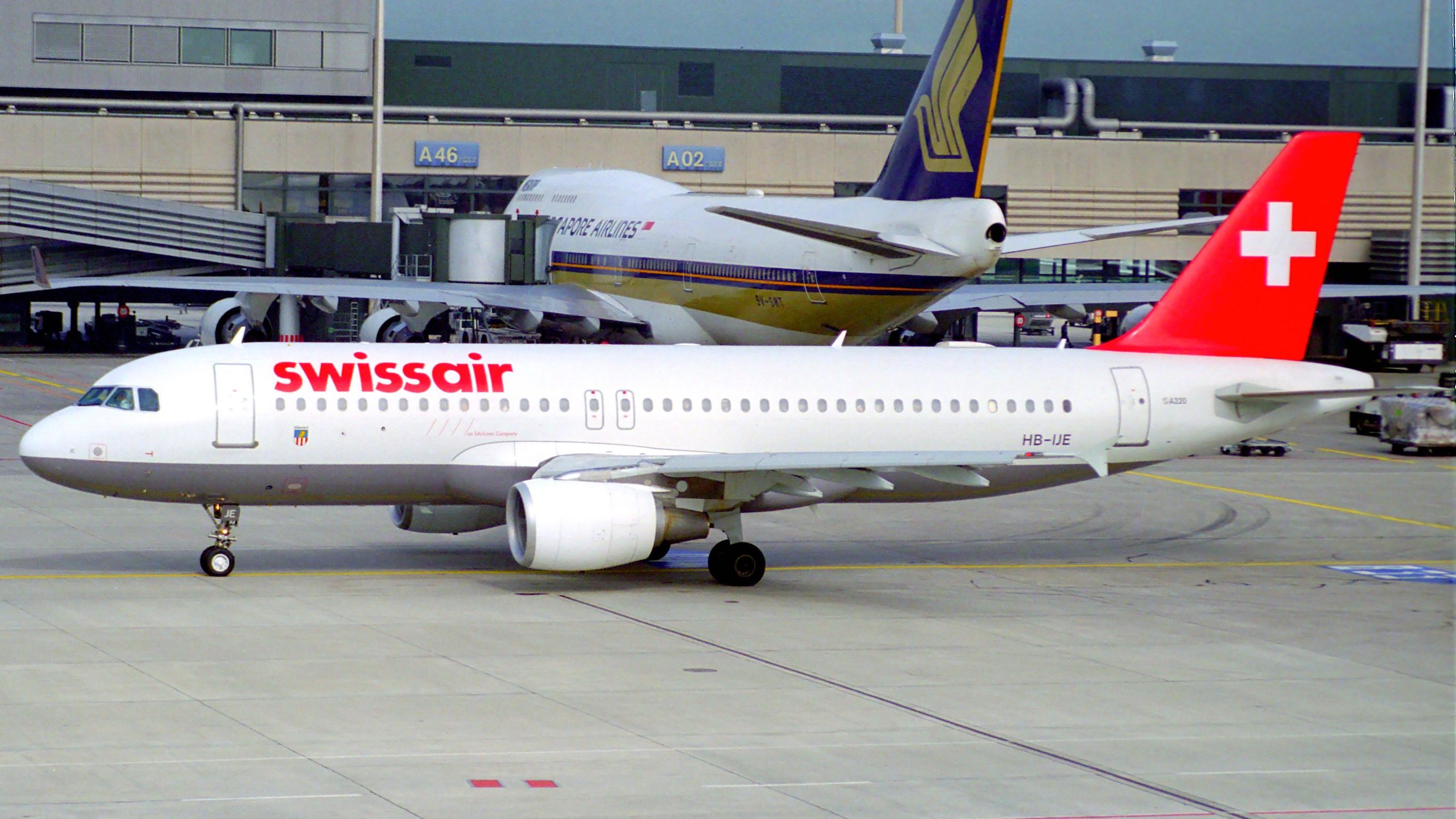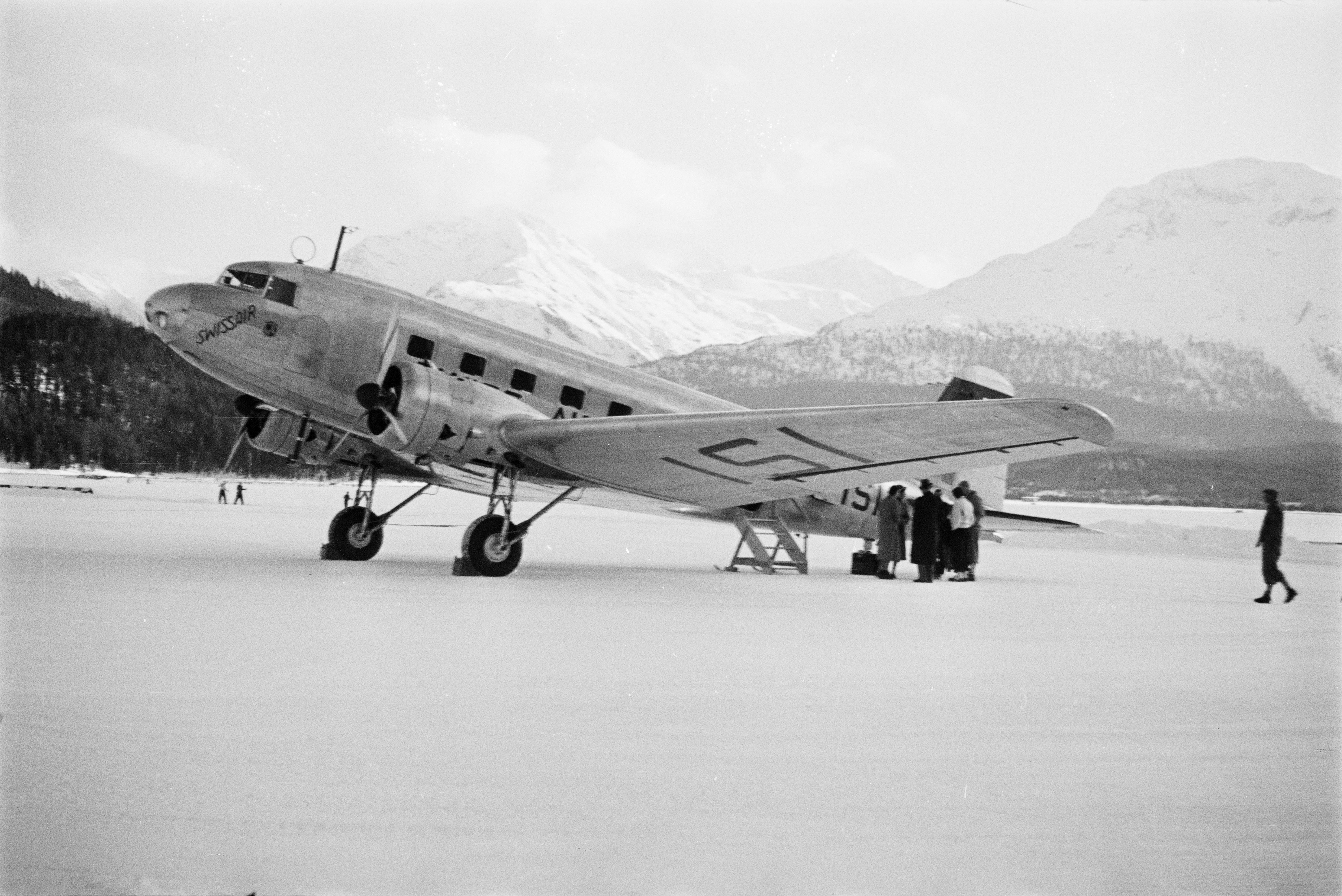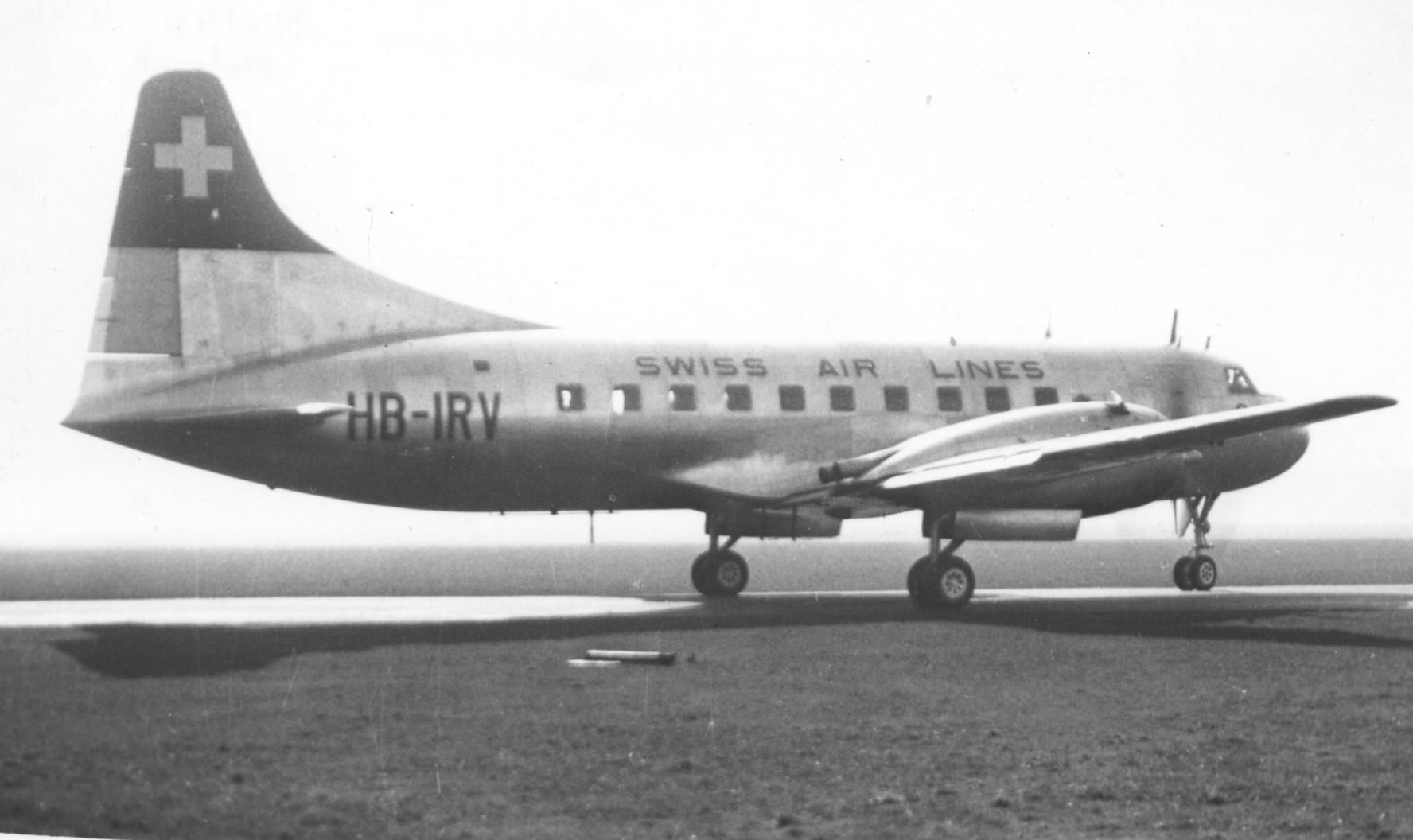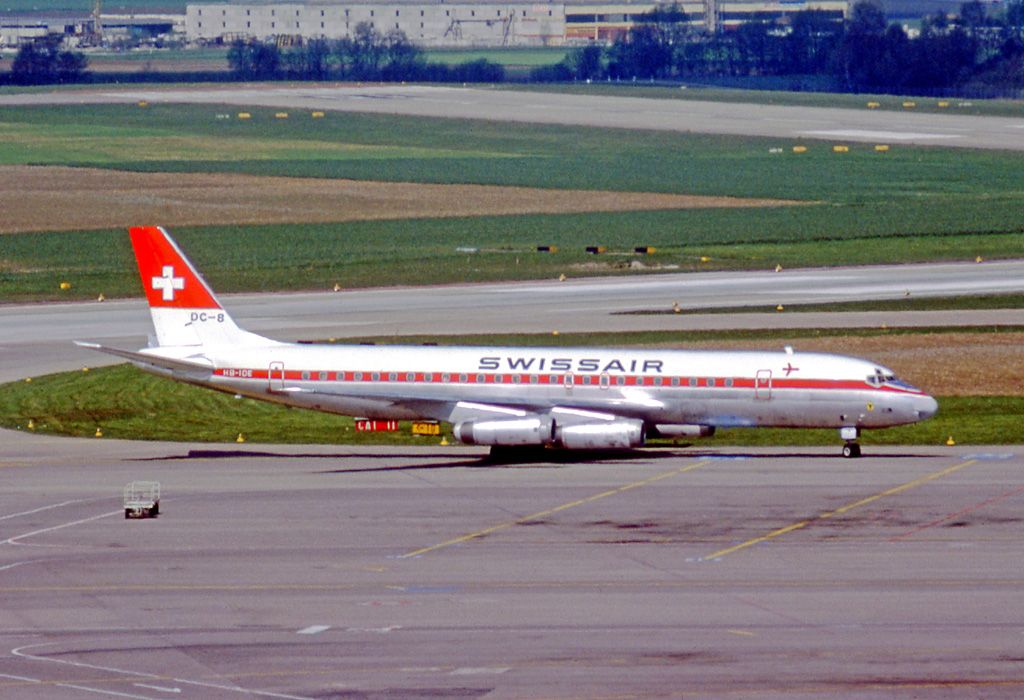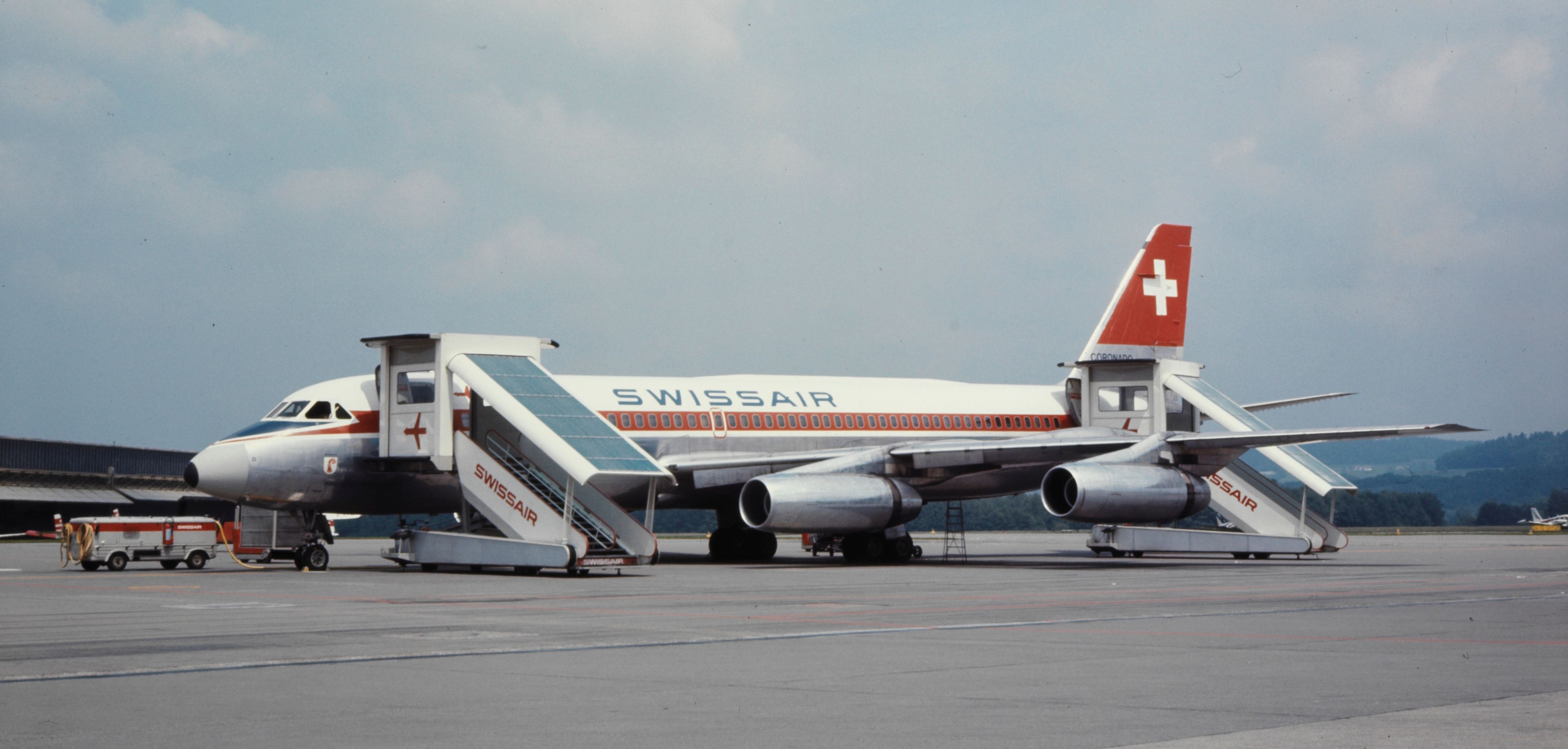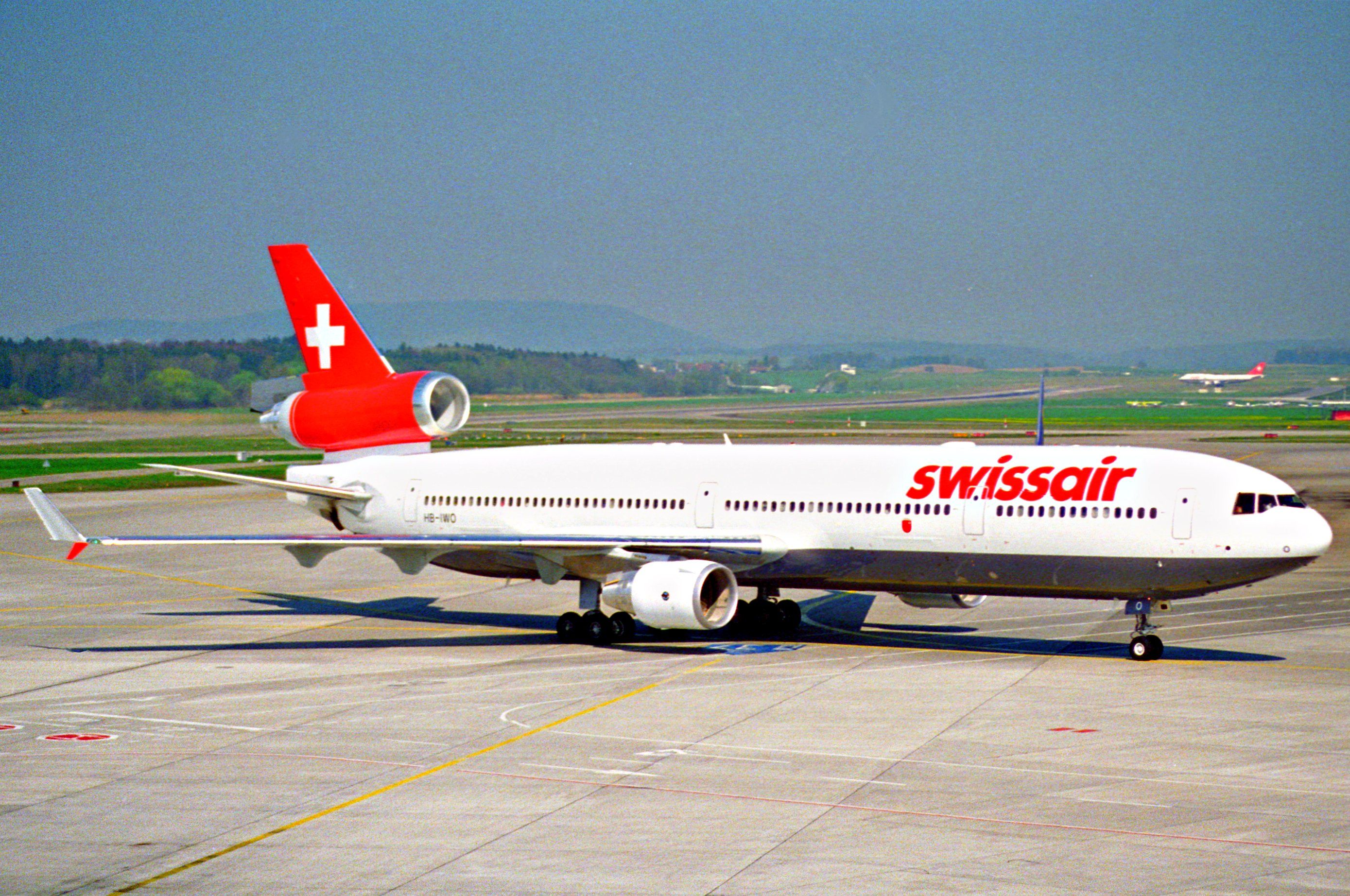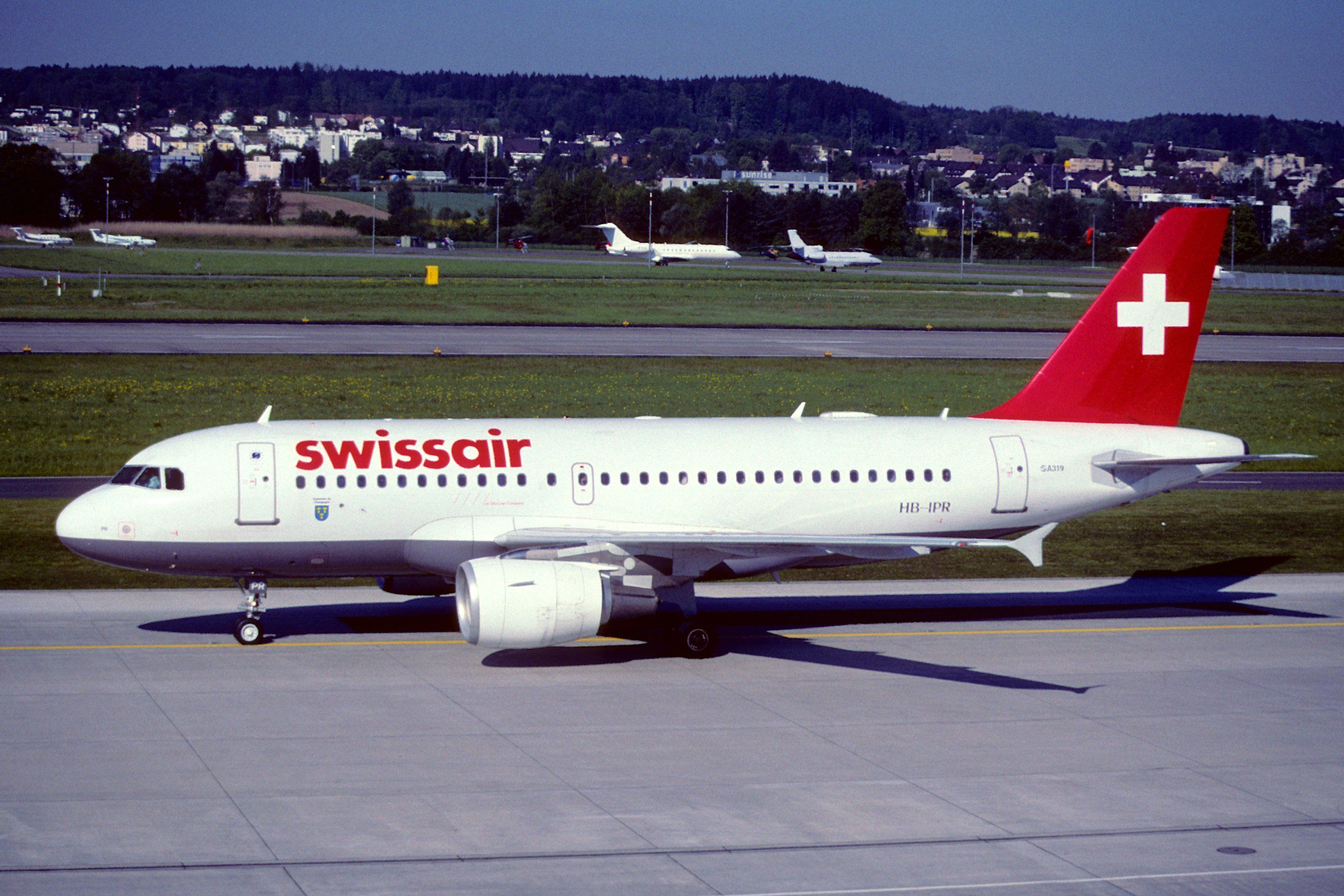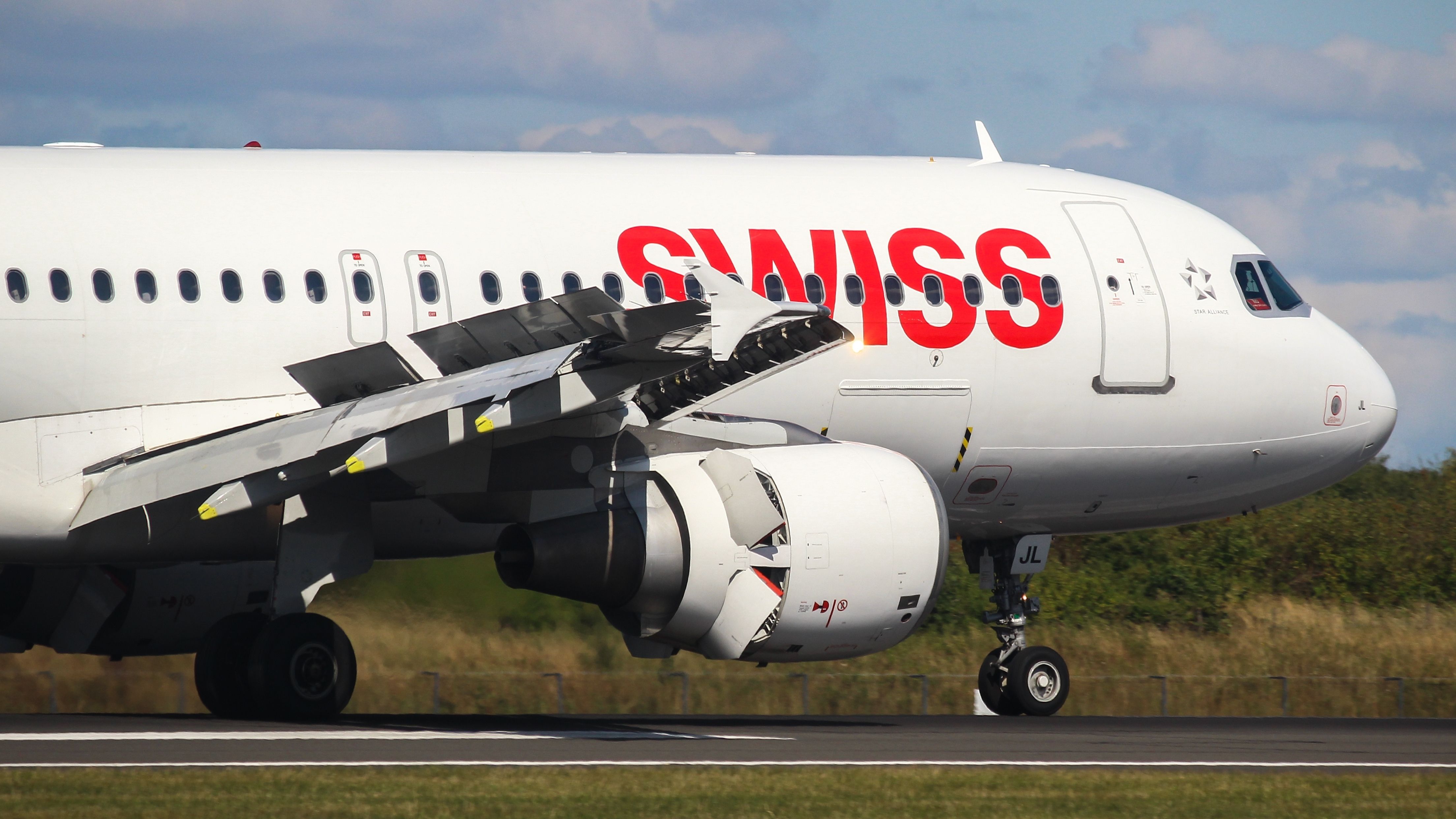When one thinks of commercial aviation in Switzerland, current flag carrier SWISS springs to mind. The airline is known for being a Lufthansa Group and Star Alliance member, as well as a leading operator of the Airbus A220. However, this is a story that dates back nearly a century to when Swissair came into existence before the Second World War.
Formed by a merger
Swissair came into existence under the full name Swissair - Schweizerische Luftverkehr AG in March 1931. The company came about as a result of a merger between two existing Swiss carriers. The oldest of these was Zürich-based Ad Astra Aero, which was founded in 1919. Its name is a Latin expression meaning "to the stars."
The other carrier involved in the formation of Swissair was Balair, which initially came into existence in 1925. Swiss aviation pioneers Balz Zimmermann and Walter Mittelholzer eventually brought these companies together to form Swissair on March 26th, 1931. Within five years, the airline had begun operating Douglas DC-2s, and its route network stretched as far as London.
However, the following year, tragedy struck the carrier. In a year that saw Swissair acquire the larger Douglas DC-3, 1937 also saw the untimely deaths of both of its founders. Zimmermann was the victim of an infection, whereas Mittelholzer lost his life mountaineering in the Austrian state of Styria. To compound its difficulties, Swissair then had to halt its operations for the duration of the Second World War, between August 1939 and July 1945.
Post-war growth
The immediate post-war period represented a time of great prosperity for Swissair. In 1946, the airline invested in another Douglas aircraft, the DC-4, to enable a service to New York. This commenced in 1947 via Shannon, Ireland and Stephenville, Canada. The following year saw the addition of the Convair CV-240, Swissair's first pressurized aircraft.
By 1951, Swissair had received its first DC-6 aircraft. It then added another airliner from the Douglas portfolio to its fleet in 1956 in the form of the DC-7C. Soon afterward, Swissair took the significant step of entering the Jet Age. This was a time of both technological and social change, as the advent of jet aircraft helped to bring commercial air travel to the masses.
Swissair's first jetliner was, as you may have guessed, yet another Douglas aircraft, namely its four-engine DC-8. It received the first of these in 1960. It also flew the Sud Aviation SE 210 'Caravelle' on shorter routes and was even a rare operator of the Convair 990 'Coronado.'
In 1966, Swissair took on the rear-engined Douglas DC-9, and the 1970s saw it make its first forays into the widebody market. Under Armin Baltensweiler's leadership, the airline received the first of its seven Boeing 747s in 1971, and the Douglas DC-10 also entered its fleet in 1972.
Harder times
Despite becoming known as the 'flying bank' due to its high profitability in the 1960s, Swissair found the early 1970s to be more turbulent. In 1973 in particular, it had to deal with events such as an air traffic controller's strike and an oil crisis.
This year also saw its Buenos Aires-based regional representative become the victim of a kidnapping. The airline had to pay a ransom of 12.4 million Swiss Francs to set its employee free after 38 days in captivity. Today, inflation renders this sum equivalent to just over 30 million Swiss Francs, or $32 million.
The 1970s also saw Swissair suffer two of its worst accidents. In February 1970, one of the airline's Convair 990 Coronado aircraft was destroyed by a bomb while flying from Zürich to Hong Kong via Tel Aviv. All 47 occupants perished due to the crash that followed, with a Palestinian terrorist group ultimately being responsible for the bombing.
Then, in October 1979, one of the airline's DC-8 aircraft crash-landed in Athens, resulting in the deaths of 14 of its occupants. Greek prosecutors sentenced pilots Fritz Schmutz and Martin Deuringer to jail terms in the aftermath of the accident. However, further tragedy was yet to come.
Struggles at the turn of the century
In the 1990s, the airline had looked to implement an expansion program known as the Hunter Strategy. However, this plan ultimately failed, leading to heavy losses estimated to be more than one billion Swiss Francs a year by 2000. Towards the turn of the millennia, things would get even worse for Swissair when it suffered the worst accident in its history.
This crash involved a McDonnell Douglas MD-11 operating flight 111 from New York to Geneva in September 1998. This was a scheduled service, but it found itself being nicknamed the 'UN Shuttle' due to its popularity among UN officials and other executives.
On September 2nd, this flight tragically crashed into the sea near Halifax, Canada, resulting in the deaths of all 229 of its occupants. The cause of the accident was found to be an onboard fire from the aircraft's in-flight entertainment (IFE) system, which led to wider electrical and instrument failures. This, in turn, led to the crew losing control of the aircraft due to disorientation. Swissair renumbered the service to flight 139 after the crash.
One obstacle too many
When the 9/11 attacks rocked the airline world, Swissair was left in an even more precarious position than before. The subsequent industry-wide downturn proved to be one of the final nails in the coffin for the carrier, leading to a temporary operational suspension in October 2001. Its operations eventually briefly restarted following a federal emergency loan.
However, just months later, Swissair ran out of steam. In March 2002, its regional subsidiary Crossair took over a large chunk of its assets and European routes, effectively spelling the end for the airline. The following month, the carrier rebranded as SWISS and took over Swissair's remaining long-haul routes, thus bringing an end to 71 years of operational history.
Discover more aviation news with Simple Flying.
Where did Swissair's aircraft end up?
At the time of its bankruptcy, Swissair had over 50 aircraft in its fleet, mostly made up of Airbus A320-200s and McDonnell Douglas DC-11s, along with a handful of A319s and A321s. The majority its aircraft would end up flying again under SWISS, but there were a few exceptions.
This includes a handful of its A320s flying with Turkish Airlines, Aer Lingus and China Northwest Airlines, as well as an A319 that flew under Lotus Air before joining the TAP Air Portugal fleet. According to ATDB.aero, several of Swissair's former planes are still active today, including half of its old A320 fleet and a few A321s, all of which are flying with successor SWISS.
What do you make of Swissair's long and varied history? Did you ever fly with the airline, and, if so, where and when? Let us know your thoughts and experiences in the comments.
Source: ATDB.aero

